What are cellular metals and metal foams?
(by John Banhart)
"Metal foam" or "metallic foam" has become a very popular term which is nowadays used for almost any kind of metallic material which contains voids. It might be useful to distinguish various expressions:
- cellular metal: space is divided into distinct cells. The boundaries of these cells are made of solid metal, the interior are voids. Ideally, the individual cells are all separated from each other by metal but often this restriction is relaxed
- porous metal: the metal contains a multitude of pores, i.e. closed, curved gas voids with a smooth surface.
- metal(lic) foam: foams are special cases of porous metals. A solid foam originates from a liquid foam in which gas bubbles are finely dispersed in a liquid.
- metal sponge: space is filled by pieces of metal that form a continuous network and co-exist with a network of empty space which is also interconnected.
These definitions are not mutually exclusive. A foam, e.g., is also a porous and a cellular structure, but a sponge does not necessarily have to contain cells. Moreover, as real materials are imperfect the distinction is sometimes not easy. What, e.g., is a foam with perforated cell walls? Still "cellular" or already a sponge? Looking at the examples shown one can try to classify:
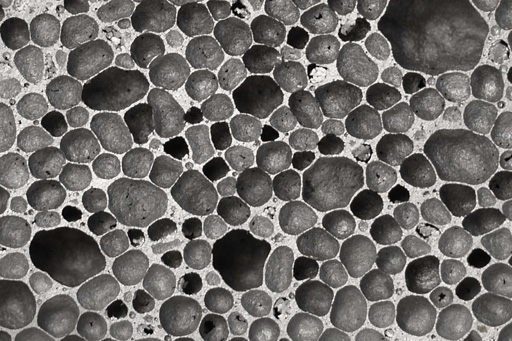
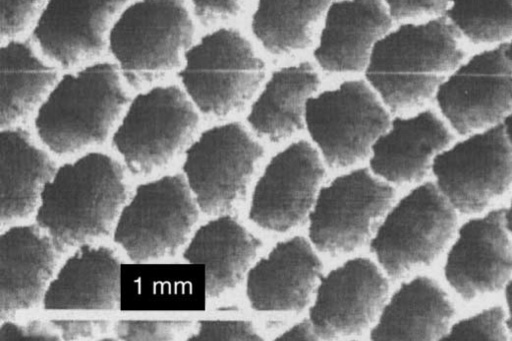
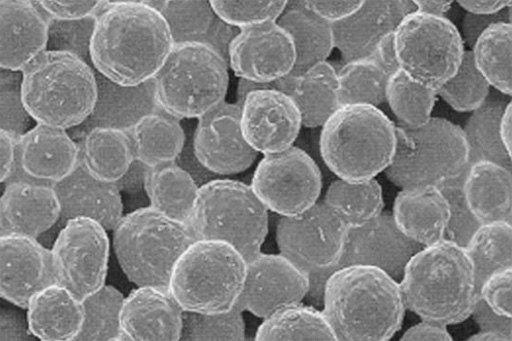
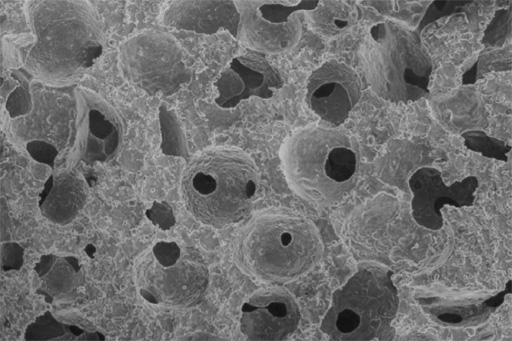
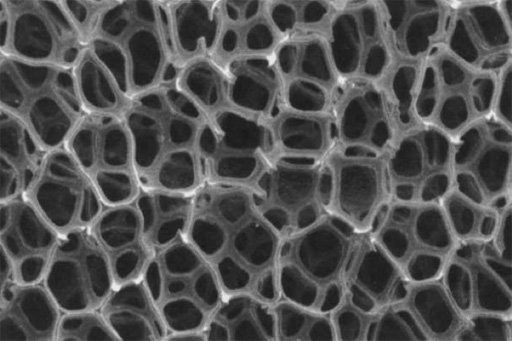
The first picture shows an aluminium foam, the second is a cellular iron-based material with cells extending in one dimension (MER Corp.), the third represents ordinary sintered bronze powders which actually form a metal sponge (instead, however, such structures are rather called "sinter metal" or even "porous metal"), the fourth shows an aluminium sponge, which could also be called cellular if one relaxes the condition that the cells be closed. The fifth shows a nickel sponge (Inco).
As all these materials are interesting from a technological viewpoint the web page metalfoam.net will not be restricted to true "metal foams" but also consider all other types mentioned in this short introduction.